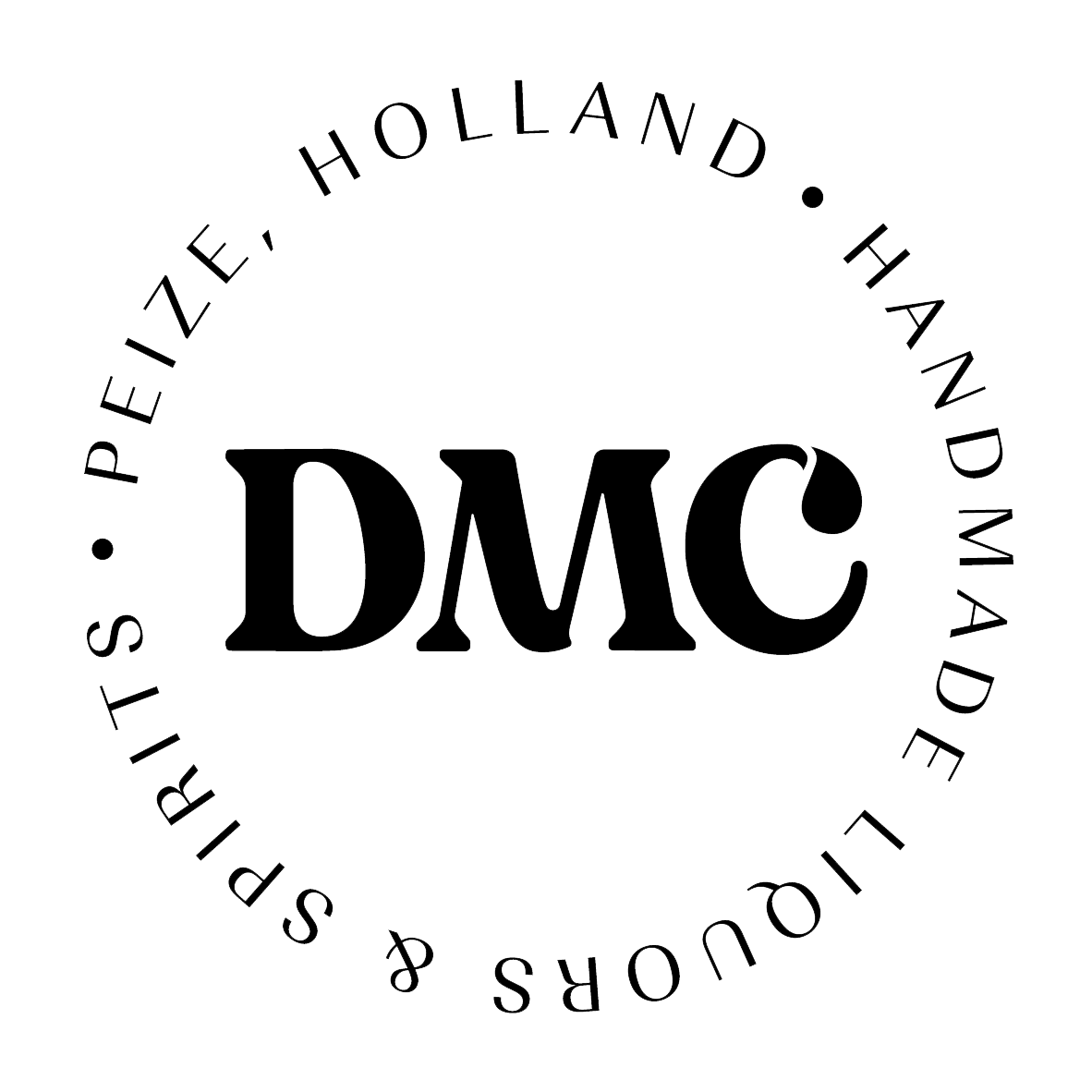Should you have legal questions on the validity of e-signatures or digital signatures and the enforceability thereof, please consult with an attorney or law firm. From tiny micro SaaS start-ups specializing in industry-specific platforms to the largest established names servicing eCommerce giants, it’s all out there. As the volume of data required to do business efficiently has increased, so has the need for tools to make the most of it. BirdEye is one tool to consider when it comes to managing your online presence and routing all inbound customer contact to one place.

Machine learning projects are typically driven by data scientists, who command high salaries. Deep learning is a subfield of ML that deals specifically with neural networks containing multiple levels — i.e., deep neural networks. Deep learning models can automatically learn and extract hierarchical features from data, making them effective in tasks like image and speech recognition. The training of machines to learn from data and improve over time has enabled organizations to automate routine tasks that were previously done by humans — in principle, freeing us up for more creative and strategic work.
Title:Log-based Anomaly Detection of Enterprise Software: An Empirical Study
Plus, many companies and tools also integrate with Dropbox, including Adobe, Microsoft, and Oracle. Most importantly, Dropbox works with any type of file, including multimedia, software files, computer backups, documents, data, and anything else that you want to add. Word processors and design platforms can help you build great documents, but they won’t help you send them or track who interacted with them. A free eSign package, plus tiered pricing from $19 per user, per month (Essentials) to tailored enterprise packages, individually priced. It’s also important to note that the majority of Atlassian’s tools aren’t designed as customer-facing elements.
While the system classifies information, you can focus on high-priority assignments and client-facing tasks, boosting productivity. You can also save money on overhead, inventory and other fees with specific modules that streamline practices. Enterprise solutions software garner diverse perks to guarantee your organization meets or exceeds expectations. This article covers enterprise-level software characteristics, capabilities, benefits, purchasing considerations and top solutions. Incident.io is a software watchdog that jumps into action when incidents occur. An incident, in software terms, means a disruption of service, threat to cybersecurity or a dysfunctional feature.
Order Management Software (OMS)
SCM systems oversee and manage the entire supply chain’s flow – from raw material sourcing to product delivery to the end customer. Overall, perhaps the biggest marker of the current enterprise software market is the sheer diversity of offerings available. That means it needs to work across multiple devices, and accommodate remote employees as well as those based in the office. With so many points of contact, even the best companies have been forced to rely on inadequate chatbots and delayed response times on certain engagement platforms while trying to meet customers on their level.

Software-as-a-service (SaaS)
Enter the cloud—specifically, the software-as-a-service (SaaS) delivery model for ERP. When ERP software is delivered as a service in the cloud, it runs on a network of remote servers instead of inside a company’s server room. The cloud provider patches, manages, and updates the software several times a year—rather than an expensive upgrade every 5 to 10 years with an on-premises system. The cloud can reduce both operational expenses (OpEx) and capital expenses (CapEx) because it eliminates the need for companies to purchase software and hardware, or hire additional IT staff. These resources can instead be invested in new business opportunities, and the organization is always up-to-date on the most recent ERP software.
Resources
Top companies such as Charles Schwab, Lenovo, VMware, and Kindred Healthcare use this software tool to increase engagement, ROI, and marketing results. The product lifecycle management (PLM) software ensures products are released with reliable information and complete documentation. This encourages team collaboration that leads to effective and efficient work output. This software is easy to use, has a modern interface, can generate QR codes and detect errors. You can integrate your APM, CMMS, EAM, ERP, and financial data into UpKeep to enable you to make better business decisions. Fiix is an AI-powered computerized maintenance management system (CMMS) founded in 2008 and used for tracking and managing the lifecycle of assets.
- Any business that strives for accurate data collection can benefit from EPR systems, including all businesses that wish to track sales, inventory and finances.
- These advanced technologies deliver data and capabilities that not only enhance many traditional ERP functions; they create new opportunities for increased efficiencies, new services, and deeper insight across an enterprise.
- This allows PandaDoc document creation tools to span multiple departments and use cases, which is critical for enterprise companies churning out huge amounts of paperwork.
- Enterprise systems (ES) are large-scale enterprise software packages that support business processes, information flows, reporting, and data analytics in complex organizations.
- If you’re looking to take your meetings to the next level, Brandlive is a great way to level up your production quality and communicate the value of your brand.
ERP systems are not just for massive companies—though they have become particularly essential to large, sprawling organizations. Small businesses, including independent retailers and services, may also find ERP software to provide valuable support. At the core of any ERP system is a central database that’s shared by the many disparate elements of a company. Rather than having separate data collection and management programs for each department—one for sales, one for inventory management, another for production, and so on—an ERP system provides a single hub for it all. Another key consideration is how scalability and accessibility work hand in hand. Any enterprise software solution should be easy to scale up as your business grows.
A brief history of ERP
Large corporations require a powerful software solution to cater to their requirements. Enterprise software solutions help reduce human error, increase productivity, and centralize workflows. They can be integrated with other business software tools to serve the needs of your company. Enterprise software tools are applications and technologies used in solving the needs of large organizations. These applications handle a wide range of business and management needs in companies or organizations such as large businesses, corporations, large nonprofits, and government agencies.

It offers web design tools with CSS, domain registration and automatic upgrades via secure server hosting. Team communication in the form of instant messaging has become a standard process in companies in our digital age. Among other things, they provide accurate documentation, enable quick reactions and topic- or project-specific group chats, which ultimately leads to higher productivity and better business decisions. This is where a solution such as iCIMS can make a strong impact with a strong 4.3 rating on Capterra and 4.1 in G2Crowd. A global leader in online payments, Stripe has disrupted the industry and its technology became a benchmark in smooth payments, fraud detection, subscription management, etc. It’s fairly easy to use and offers recurring payments that some companies might find useful.
What is Data Tracking? Key to Making Better Business Decisions
To help you choose the right solution for your business, we found and ranked the best ERP systems in the market today. ERP systems are designed around a single, defined data structure (schema) that typically has a common database. This helps ensure that the information used across the enterprise is normalized and programming languages for vr based on common definitions and user experiences. Simply put, ERP is the vehicle for integrating people, processes, and technologies across a modern enterprise. ERP also integrates with front-office applications to build holistic views of customers, including customer relationship management (CRM) solutions.
As time went on, many organizations discovered that their on-premises ERP systems couldn’t keep up with modern security demands or emerging technologies such as smartphones. See how industry analysts compare Oracle Cloud ERP against other financial management software providers. Cloud-based ERP applications are often embedded with next-generation technologies, such as the internet of things (IoT), blockchain, AI, machine learning, and digital assistants. According to Gartner, one of the core digital business accelerators is to “banish drags” – in other words, eliminate any negative force that slows the business down, including outdated processes and systems. So, it’s not surprising that companies are already demanding more robust ERP systems.
Key figures
It can help you process and track large volume orders, procure materials from various suppliers, optimize inventory and share information held in several locations. The Forbes Advisor Small Business team is committed to bringing you unbiased rankings and information with full editorial independence. We use product data, strategic methodologies and expert insights to inform all of our content to guide you in making the best decisions for your business journey. Manufacturers can use Oracle SCM Cloud to monitor raw material availability, track shipments, and even forecast potential delays, ensuring production isn’t halted due to supply chain hiccups. Standardize everything from quote automation to travel management with one simple platform tailored to your business needs.
These provide complimentary systems that deliver immediate business capabilities and value without a fundamental change in your operations. ERP transformed the technology sector by serving a broader range of industries and by combining MRP II, human resources, project accounting, and end-user reporting. In the mid 1980’s, competition in the manufacturing sector was exploding and new tools were required. New MRP II software integrated accounting and finance, sales, purchasing, inventory, and manufacturing planning and scheduling – providing the manufacturer with an integrated system.
An all-in-one user feedback platform, Mopinion helps digital enterprises to manage all digital touchpoints (web, mobile, and e-mail) related to understanding customers’ behaviors. The enterprise application enables its users to create customizable feedback forms, including visual user feedback that offers automated screenshots. Triggering forms based on user behavior, device type and demographics can give you useful information on your site visitors and their position in your conversion funnel. It also includes visualizations through customizable dashboards as well as the easy import of your data through Excel and CSV. A rating of 4.1 stars in Capterra and 4.1 in G2Crowd, makes Mopinion a software worth looking into.



